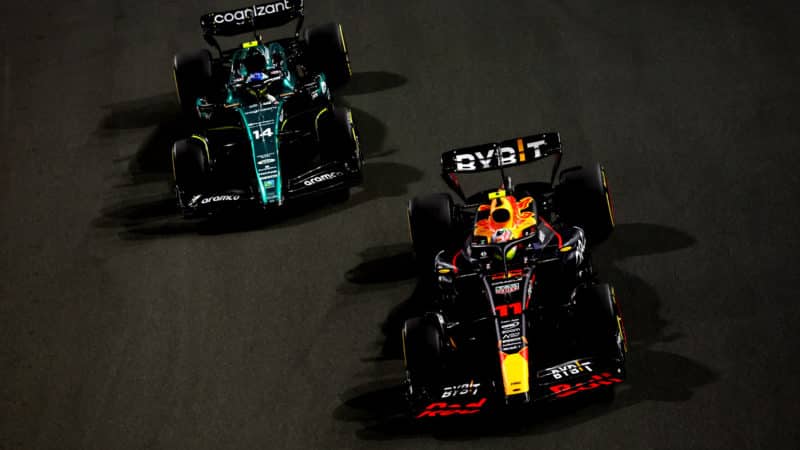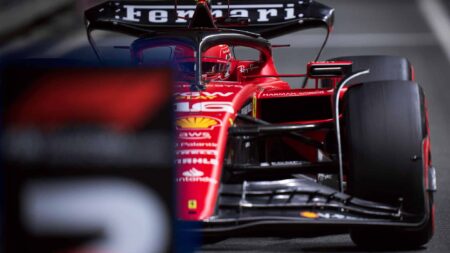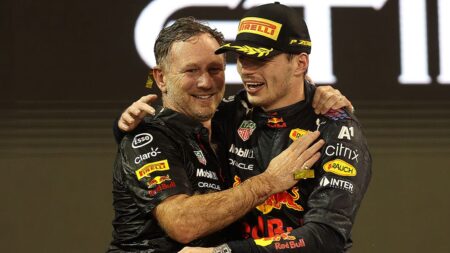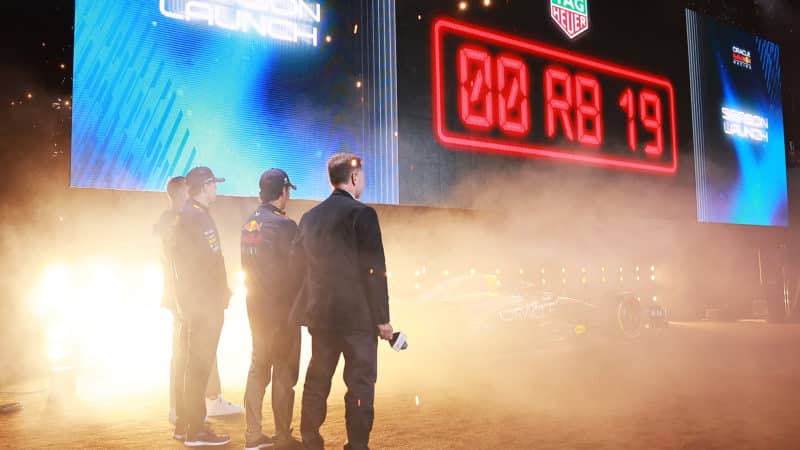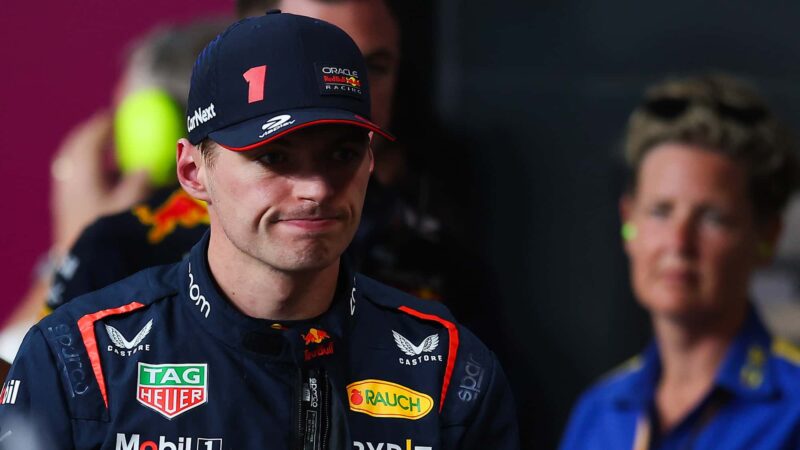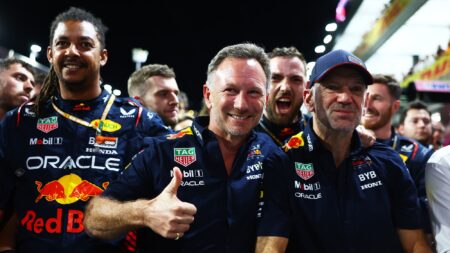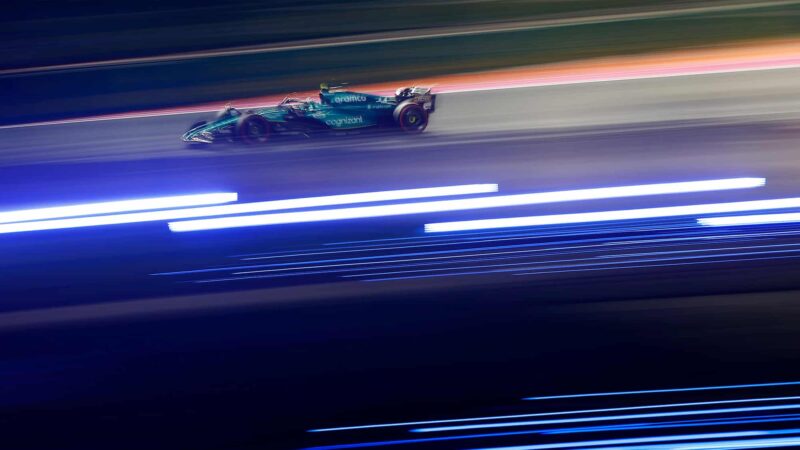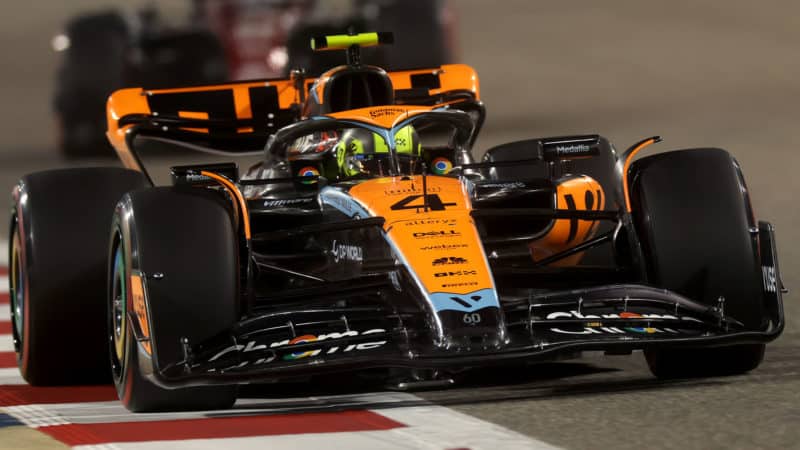The key is how much development budget each team can squeeze into its cost cap allowance. It’s the same figure for everyone, but there’s no restriction on when you use that money, so rivals can only hope that to get to where it is now RBR has spent more up front than others, and correspondingly has less wiggle room for the rest of the season.
Think of it like a marathon runner or Tour de France cyclist who makes an early break and then hopes that he or she can hang for the duration – perhaps helped by having already demoralised rivals into submission…
The flipside is that by definition the teams doing the chasing will have to throw a lot of cash at development, especially those who like Mercedes who are pursuing a significant change of concept and will be physically making new parts on a regular basis. Thus it could be argued that they might be pushing up against the cost cap barrier sooner than Red Bull.
The financial limit applies equally to all competitors, but in contrast the aero testing restrictions clearly hit RBR harder. As World Champions the team has had less tunnel time and CFD usage than all of its rivals on a sliding scale with 5% increments between the teams, increasing for each place further down the championship table.
And on top of that RBR has the 10% reduction courtesy of the cost cap penalty.
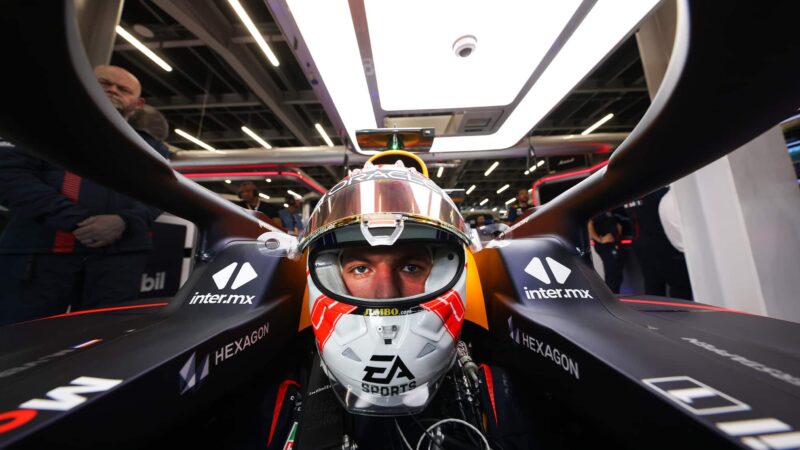
Max Verstappen’s seat is still the one to be in, despite aero testing restrictions
Red Bull
The 5% steps from one team to the next on the ATR scale are not massive, certainly when you compare RBR with Ferrari and Mercedes, the next teams in the pecking order. However the penalty adds an extra twist.
When you look at the significant difference in the wind tunnel allowance from RBR to Aston Martin – who finished seventh last year – it helps to explain why Team Silverstone was able to make such a jump. It is allowed the equivalent of 160 wind tunnel runs and 1000 CFD simulations per month, while Red Bull only has 101 wind tunnel runs and 630 CFD simulations a month.
